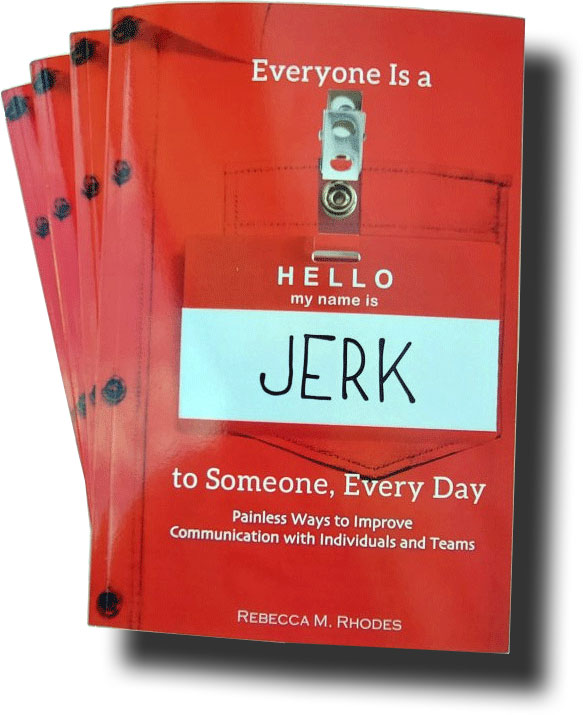Challenge
A Senior Partner at this law firm was extremely frustrated with his two business partners and the inability for the three of them to discuss business, much less agree on important decisions, without significant conflict. Meetings ended in disagreement and often erupted into argument. This constant infighting impacted employee morale and prevented the organization from moving forward.
Approach
Using ILD’s Breakthrough Communication Model, we began their journey of reconciliation by helping them to see the differences in their communication styles. We met with each partner individually and as a group twice monthly for three months. They developed techniques for listening and responding, and learned to “unpack” themselves before looking at each other.
Conclusion
Within three months the three partners were able to discuss business in a productive meeting environment with a facilitator present. Within six months they no longer required a facilitator and were able to divide leadership responsibilities utilizing their individual strengths. We then provided communication training for the entire organization.
Challenge
This organization had sought out a program that would help change the overall culture of the organization. Conflict and poor communication permeated across management and employee groups affecting employee engagement, morale, and productive union negotiations. The negative culture hindered the company’s ability to implement the improvement processes needed to sustain their business.
Approach
Over an 18-month period, 1,100 employees were trained using the Breakthrough Communication Model and a personalized training program to include a series of relationship building curriculum. We then conducted one-on-one and group coaching with first-line supervisors, managers, and executive leadership and formed small teams to practice building personal and organizational accountability.
Conclusion
Results exceeded expectations. Not only were there immediate and lasting impact to employee morale and engagement, teams started working collaboratively in a way that propelled process improvement initiatives. They were able to implement changes that saved the company over $5 Million Dollars. The Breakthrough Communication Model is still used to certify new Training Managers.
Challenge
The CEO wanted to improve organizational culture. There was a lack of service consistency across multiple locations. Employee engagement and morale were extremely low which impacted inter-departmental collaboration and productivity. Employees felt leadership lacked transparency and were ineffective at making, communicating, and implementing decisions.
Approach
Utilizing the Breakthrough Communication Model, the entire organization was trained on communication, conflict resolution, organization accountability, building trust, relational leadership, and employee recognition. Leaders were coached to implement a decision-making process led by experts in each area of business impacted by the decision.
Conclusion
We successfully implemented changes that improved employee perception of leadership and created a culture of accountability and trust. Employee engagement and morale improved drastically, as did productivity. The organization was ultimately sold. We received calls from numerous displaced employees thanking us for helping them to prepare for new positions.
Everyone Is a JERK to Someone, Every Day
Painless Ways to Improve Communication with Individuals and Teams
Written by Rebecca M. Rhodes
Who Sounds More Like a Jerk to You?
Someone who hangs up before you are done talking.
Someone who stares out the window when you are speaking.
Someone who won’t let you forget your past mistakes.
Someone who justifies everything in response to a question.

We tend to judge ourselves by our intentions, while judging others by their actions. This often leads us to one thought... “Jerk!”
In Everyone Is a Jerk to Someone Every Day, communication expert and ILD President, Rebecca Rhodes, uses the Breakthrough Communication Model to explain how perceptions lead to misunderstandings that can be easily avoided.